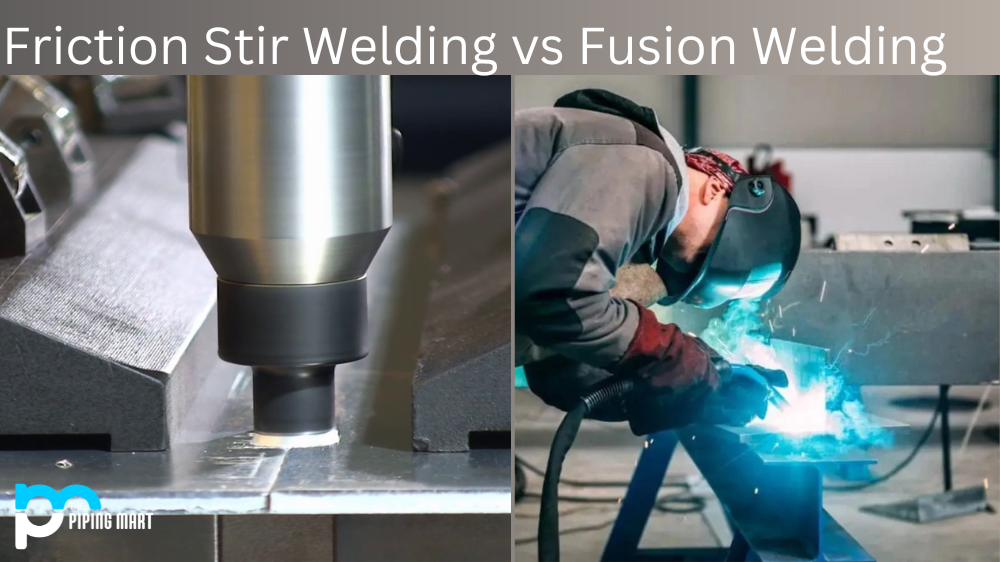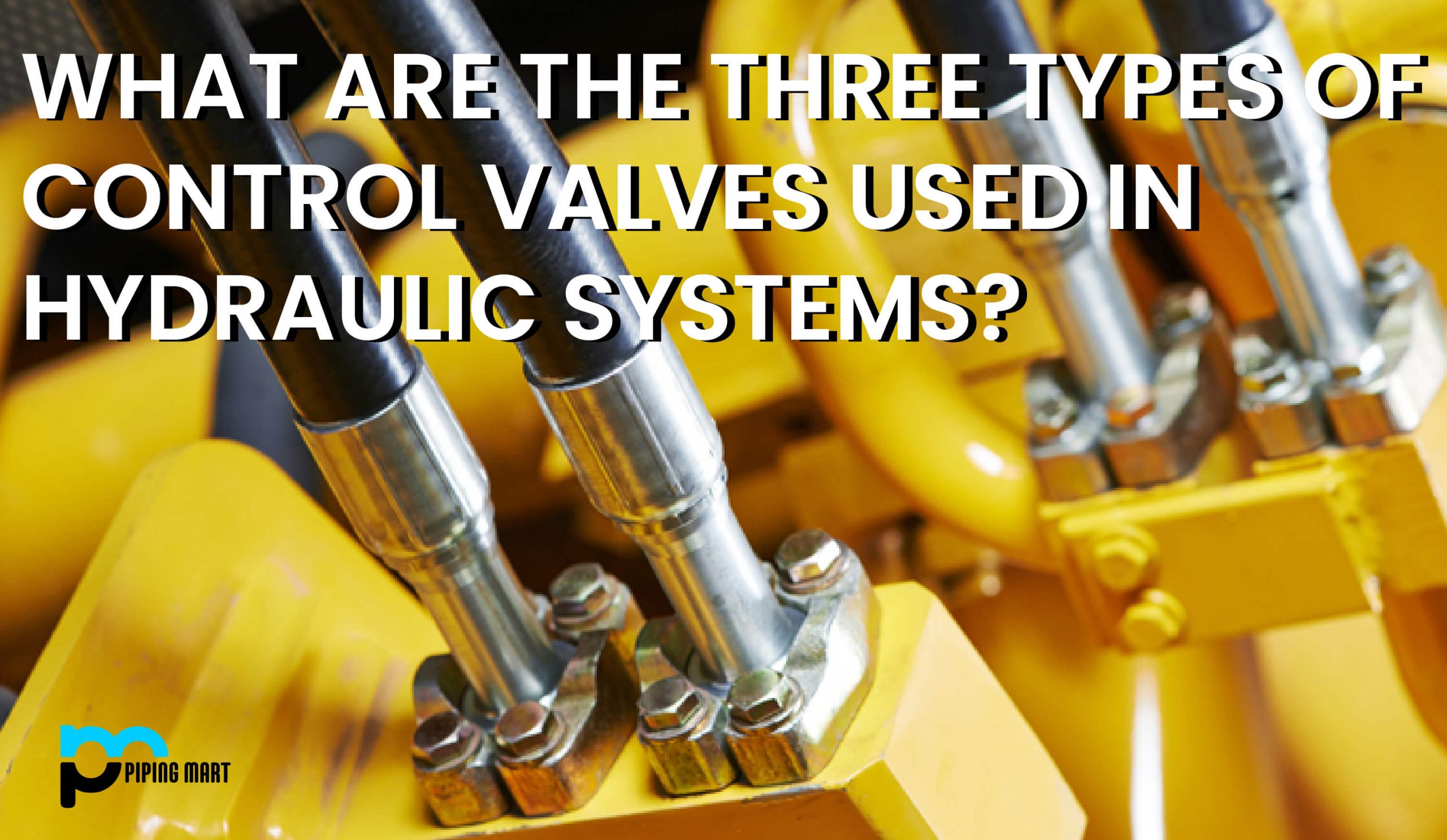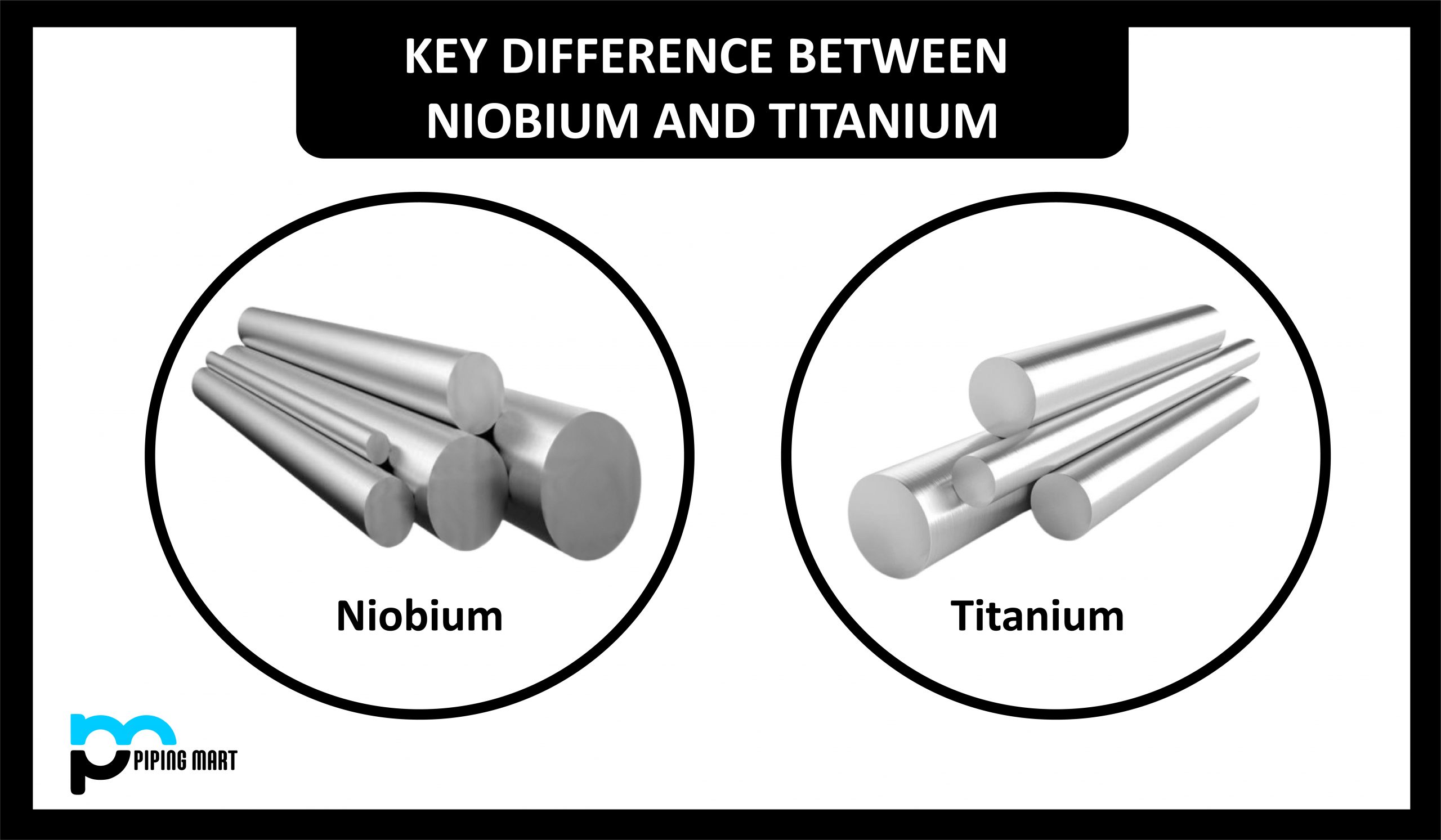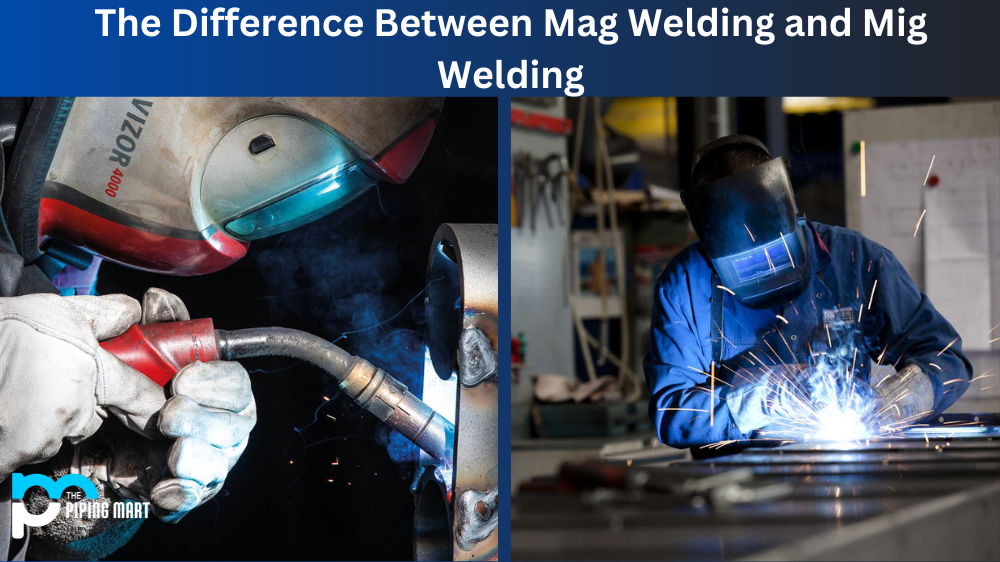If you’re a welder, it’s important to understand the differences between friction stir welding and fusion welding. While both types of welding involve joining two pieces of metal together, they have different advantages and disadvantages that make them more or less suitable for certain jobs. Let’s explore what these differences are.
Friction Stir Welding (FSW)
Friction stir welding is a relatively new type of welding process that was developed in 1991. It uses a rotating tool instead of heat to join two pieces of metal together. The tool is plunged into the joint line between the two metals, creating frictional heat that softens both materials enough to allow them to be stirred and mixed together. Because this process doesn’t require high temperatures or use filler material, it’s an excellent choice for thin materials like aluminium sheets or pipes. It also produces strong welds with minimal distortion or cracking.
Fusion Welding (FW)
Fusion welding is the most commonly used type of welding process. It involves using high temperatures and filler material, such as wire or rods, to join two pieces of metal together. This method can be used on almost any type of metal, including stainless steel and cast iron. The downside is that it requires more skill than friction stirs welding, so it may not be suitable for inexperienced welders. Additionally, fusion welds can be prone to warping or cracking if not done correctly.
Difference Between Friction Stir Welding and Fusion Welding
- Friction stir welding is a relatively new welding process that was developed in the early 1990s.
- In friction stir welding, a rotating tool is used to create friction and heat, which melts the metal at the weld joint.
- Fusion welding is a more traditional welding process that involves using an electric arc to heat the metal at the weld joint.
- Friction stir welding is generally considered to be a stronger and more reliable welding method than fusion welding.
- Friction stir welding is also less likely to cause warping or distortion of the metal
Conclusion:
Friction stir welding and fusion welding are both effective methods for joining two pieces of metal together, but each has its own advantages and disadvantages that make them better suited for certain projects than others. Friction stir welding requires little skill and produces strong welds with minimal distortion or cracking; however, it only works on thin materials like aluminum sheets or pipes. Fusion welding requires more skill but can be used on almost any type of metal; however, it is prone to warping or cracking if not done correctly. Ultimately, which process you use will depend on the project at hand and your experience level as a welder.

Abhishek is a seasoned blogger and industry expert, sharing his insights and knowledge on various topics. With his research, Abhishek offers valuable insights and tips for professionals and enthusiasts. Follow him for expert advice on the latest trends and developments in the metal industry.




